
Collectible Investments for the High Net Worth Investor
Read or listen offline
Amazon KindleRecommendation
Financial advisers and money managers are comfortable with traditional investment vehicles, such as stocks and bonds and, perhaps, real estate. However, an increasing number of wealthy individuals are exploring alternative avenues for profitable investing, including collectibles. Consequently, investment houses and wealth managers need to familiarize themselves with art, stamps, wine, books, classic cars, and the like, to be qualified to advise clients who want to know if their acquisitions will bring in a pretty penny or not. Editor Stephen Satchell’s compilation of scholarly essays from a variety of experts on different collectibles – and on the psychology that motivates purchasers – is not a casual read, but it sure is a useful one for money managers whose clients want to cash in Grandma’s stamp collection. Much of the material deals with sophisticated economic and business theory, including mathematical formulas and detailed charts and graphs. Still, getAbstract believes that most financial advisers (and collectors) will emerge with a greater understanding of collectible investments – and maybe a hankering for a cherry red and white 1957 Chevrolet.
Summary
About the Author
Stephen Satchell is a Fellow of Trinity College, the Reader in Financial Econometrics at the University of Cambridge, and visiting professor at Birbeck College, City University Business School and University of Technology, Sydney.








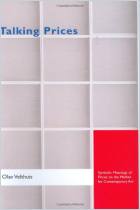
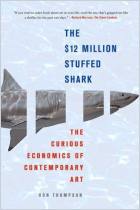
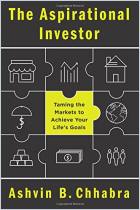
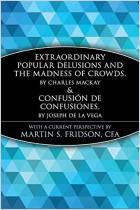

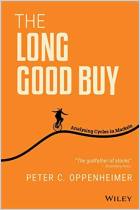







Comment on this summary or Démarrer une discussion